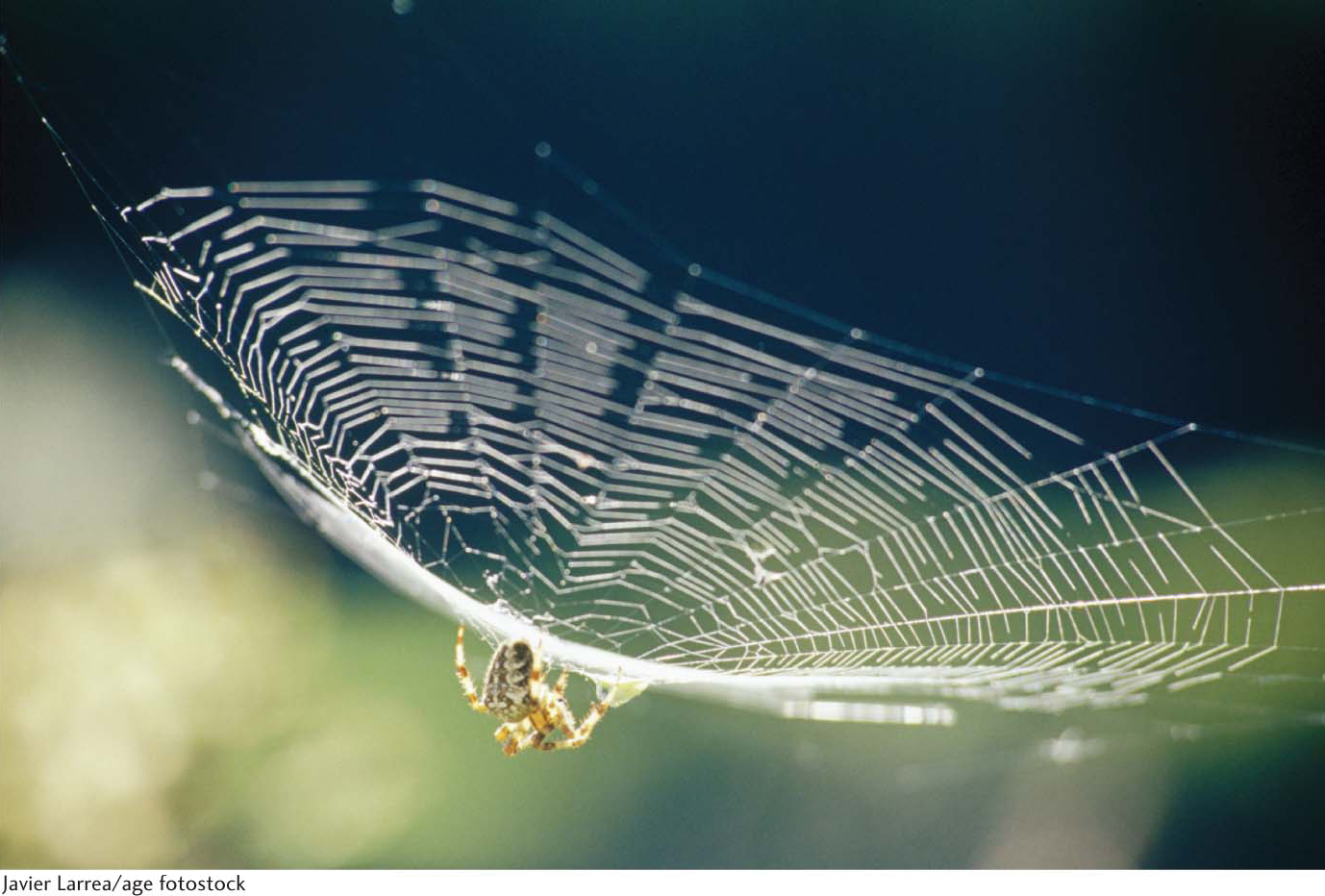Proteins are the embodiment of the transition from the one-dimensional world of DNA sequences to the three-dimensional world of molecules capable of diverse activities. DNA encodes the sequence of amino acids that constitute a protein. The amino acid sequence is called the primary structure, and proteins typically consist of 50 to 300 amino acids. Functioning proteins, however, are not simply long polymers of amino acids. These polymers fold to form discrete three-dimensional structures with specific biochemical functions. Three-dimensional structure resulting from a regular pattern of hydrogen bonds between the NH and the CO components of the amino acids in the polypeptide chain is called secondary structure. The three-dimensional structure becomes more complex when the R groups of amino acids that are far apart in the primary structure bond with one another. This level of structure is called tertiary structure and is the highest level of structure that an individual polypeptide can attain. However, many proteins require more than one chain to function. Such proteins display quaternary structure, which can be as simple as a functional protein consisting of two identical polypeptide chains or as complex as one consisting of dozens of different polypeptide chains. Remarkably, the final three-dimensional structure of a protein is determined simply by the amino acid sequence of the protein.
In this chapter, we will examine the properties of the various levels of protein structure. Then, we will investigate how primary structure determines the final three-dimensional structure.


